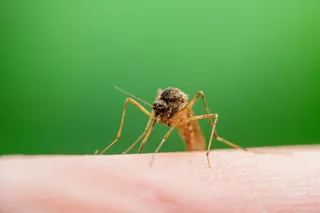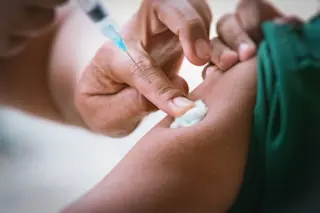If you’re getting bored in quarantine, here’s a fun new hobby to try: sniffing stuff in your kitchen. Two international projects are asking ordinary people to rate the scents of household items in order to gather data on one of COVID-19’s more mysterious symptoms: anosmia, the loss of the ability to smell.
It’s still unclear to scientists how widespread anosmia is among COVID-19 patients, which typically causes a fever, dry cough and difficulty breathing. And whether it can be a useful way to track the spread of the disease is still to be determined — leaving researchers eager to gather as much data on the symptom as possible.
Danielle Reed, a geneticist and associate director of the Monell Chemical Senses Center in Philadelphia, does most of her research on the sense of taste. But on March 20, she and a colleague were emailing each other about the need for scientists ...














